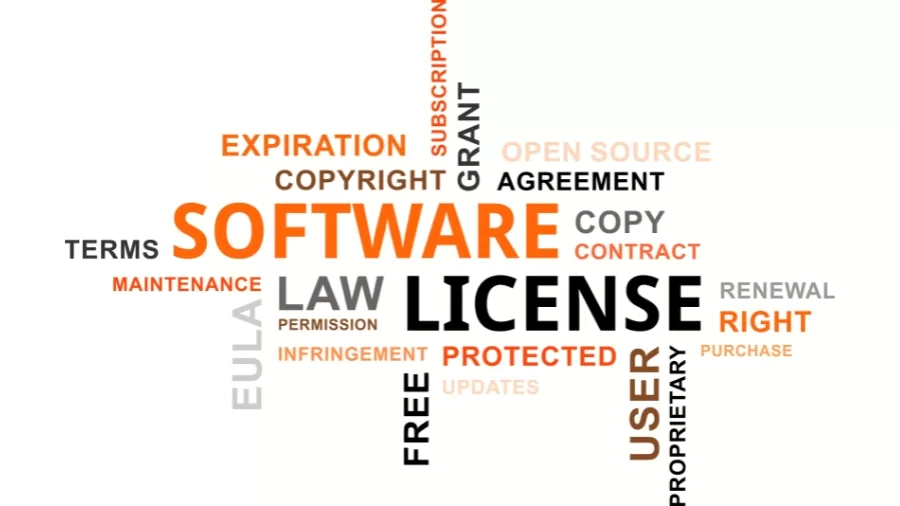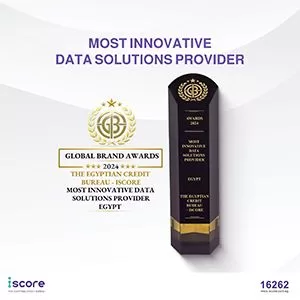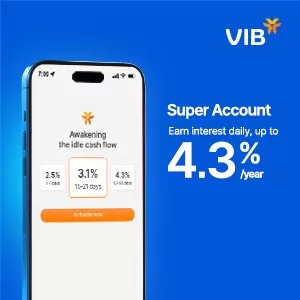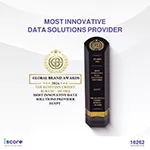Technology
Open Source Licenses Explained: Permissions, Restrictions, and More

- Software may be freely utilized, modified, and shared under certain conditions as open source licenses provide, which protect creators as well as users.
- In most cases, the o Open source license required for a project is a function of all the goals the designer seeks to achieve, be it encouraging teamwork or allowing monetization.
The development of open-source software has become one of the greatest advancements of the modern era. Many communities around the world have been involved in its development. This application may be used, modified and distributed to anyone free of cost. Even then, open-source software is subject to specific conditions called open-source licenses, which ensure proper legality and protect developers against infringement. These licenses are the most critical for developers and users because they specify how the software is to be used, distributed, and changed.
In this article, the author will explain what open source licenses are, how they work, and the major types, to aid the reader in understanding this aspect of modern-day programming activity.
Definition of Open Source Licensing
Open source license is a copyright protection measure agreement that gives users the right to easily and without limitations use, change and further distribute the software. However, such freedom is limited. The license provides the conditions under which the software rights and the norms of the community promoting open source are to be maintained.
All these open-source licenses are concentrated on making the software handy and flexible thereby encouraging teamwork and creativity. Unfortunately, all these licensing schemes are different among themselves – each has its own particular rules and regulations which have to be understood by anyone dealing with open source software.
Open-source License Classifications
Open source licenses are available in two major types, which include permissive and copyleft licenses. This is a license agreement that stipulates how the software can be edited, redistributed and used for commercial purposes respectively.
1. Licensing of a non-protective nature
License providing a low Level of Protection is the most adaptable one. They are easy for users to alter or even distribute their works and also go ahead and incorporate the software into proprietary applications in some cases. Businesses have an affinity for this type of license because they can incorporate open-source software within their products without having to divulge any source code of such products.
Popular permissive licenses include the following.
- The MIT License, which is one of the simplest and most used licenses, allows users to modify and redistribute the code as long as the original copyright header is retained.
- The Apache 2.0 Because of the extra terms in the license, one of which is the grant of patent rights which is clear and precise, is helpful for business enterprises that need protection from patent violation.
- BSD This is two versions of licenses but they are the same in the sense that they are all permissive and allow changes and republication certain conditions apply such as the inclusion of the license in the source code and the built binaries.
2. Copyleft Licenses
The most common type of free software license is copyleft, which is more restrictive than permissive licenses. These licenses seek to ensure that all changes or modifications in the code or any derivative work remain in the public domain. The important thing is that the programs that make use of copyleft-licensed elements must redistribute it in the copyleft-licensed form.
The most popular copyleft license is the GNU General Public License (also known as GPL), which prohibits the release of any modified GPL software in any license other than the GPL. The standards in GPLv3 include protection against patent issues and other complications, for example, tivoization, meaning restrictions on modifying devices using GPL’d software,
Some of the other well-known copyleft licenses are listed below.
- The GNU Lesser General Public License which is increasingly referred to as (LGPL): A more relaxed version of the GPL used originally for libraries, makes it possible for closed-source programs to use the library without needing to dedicate the whole program to open-source.
- The Mozilla Public License (MPL): This is a type of license that falls in between the extremes of no rights reserved, where one provides rights to alter and redistribute the application but does so while retaining an assurance against appropriation of any changes made in the application.
What Makes an Open Source License Important?
Open source licenses can be important because they help protect the work of the developers involved in the creation of and foster among them. In priority, it allows one to get a very basic and inherent right to own one’s produce. What falls within all of them can probably be summed up in the following points:
- This could be said that it gives no Sparks of breach of contract when this is done since the terms of use; modification and distribution of the software are limited by open source licensing.
- Addressing The issue of security in software or rather the potential loopholes in it that the users and developers use such software does not compromise in terms of its security and its developmental weaknesses.
- They make the ‘terms of use’ clear and as such motivate developers to use ss and to improve brows, for the benefit of the brow as a whole.
Most Used Open Source Licenses
To grasp in-depth, the effects of these licenses let us examine some of the open-source licenses that have many adherents:
- ‘MiT’ License This license is a very liberal one in that it allows any person to use, edit or even reproduce and distribute the software anywhere. It tries to be out of the box simple and thus is enharmonic to developers who want to promote a solution.
- It is called Apache License Version 2.0 and it is a very short and simple license that even includes certain warranties pertaining to the patents. It allows individuals to use such software in commercial applications and there is a patent clause to provide the users with patent protection.
- GPL or GNU Public License is a copy-left strategy in that the license precludes the distribution regimes for derivative works, which means that such works will be available to all.
- BSD License: A permissive license with minimal restrictions on reuse, allowing for modification and redistribution. Under the more restrictive three-clause license, there is an additional constraint on the use of the project name in advertising.
- The Mozilla Public License (MPL): This is based on a weak copyleft principle, as proprietary applications can make use of the MPL code, but the complete body of the code does not require vengeance due to the weak copyleft nature. However, modified files must be released under the license.
Guidelines for Selecting the Appropriate Open Source License
Selecting a suitable open-source license is the big question that most developers face. The following points explain the reasons which will govern the selection of the license:
- Freedom of activity: To what extent do you want the users to be able to alter and share the piece of technology? If there is a random list of different concerns regarding the same aspect, or if different levels of freedom are required, permissive licensing such as MIT or Apache 2.0 would be the suitable option.
- Commercialization: Do you want your project to be incorporated into any of the commercial solutions? In this case, such a license is not necessary as it enables the incorporation of one’s software within proprietary systems.
- Discouraging modifying efforts: In case, a modification is open and always remains open, a copyleft license containing such provisions as GPL would hardly suffice.
Conclusion
In the end, it is important to realize that it is the open source that is steering the direction of software advancement as the aspects mentioned before fall within developers’ interest and abilities. They maintain the availability, security, and free nature of the software to everyone while encouraging openness and contribution from the community. Whether you are a developer or a corporation, it cannot be extinguished the importance that comes with knowing the array of open source licenses and making their application in the right way to use modifying and distribute software at mano.
As the practice of open source continues to progress, it is beneficial to stay abreast of all the different types of licenses available and their implications to ensure that the processes of developing any software are never at variance with your objectives and principles.




















































